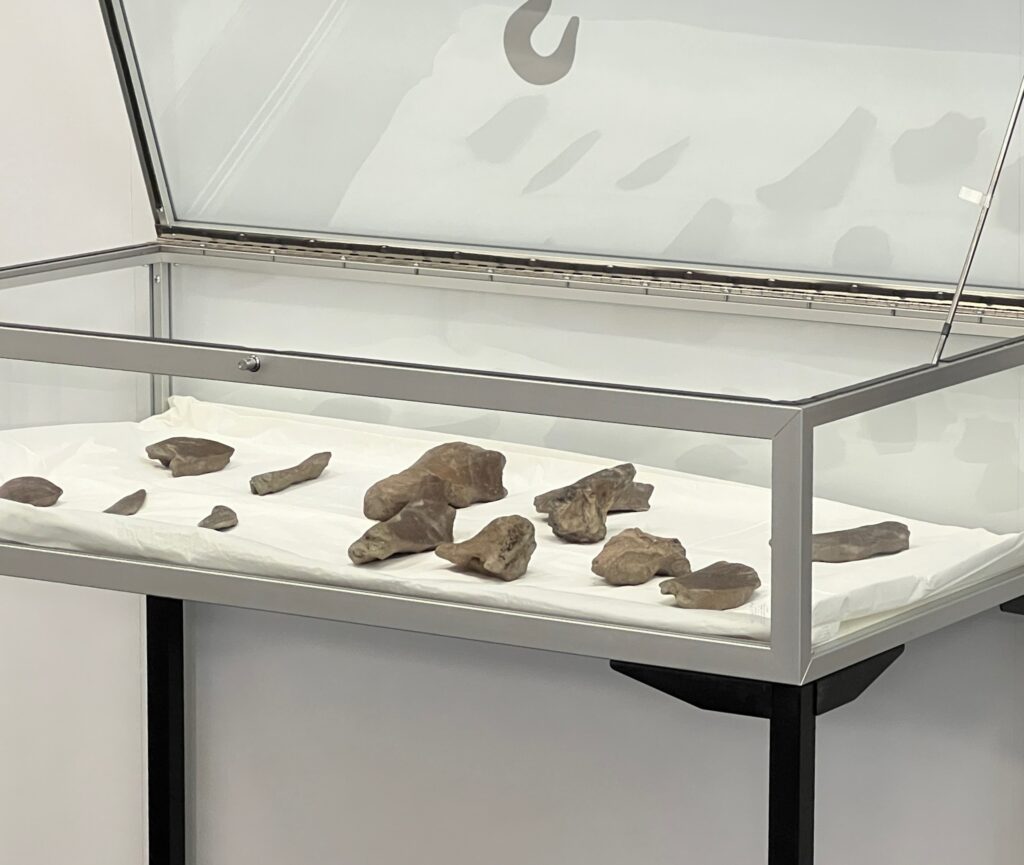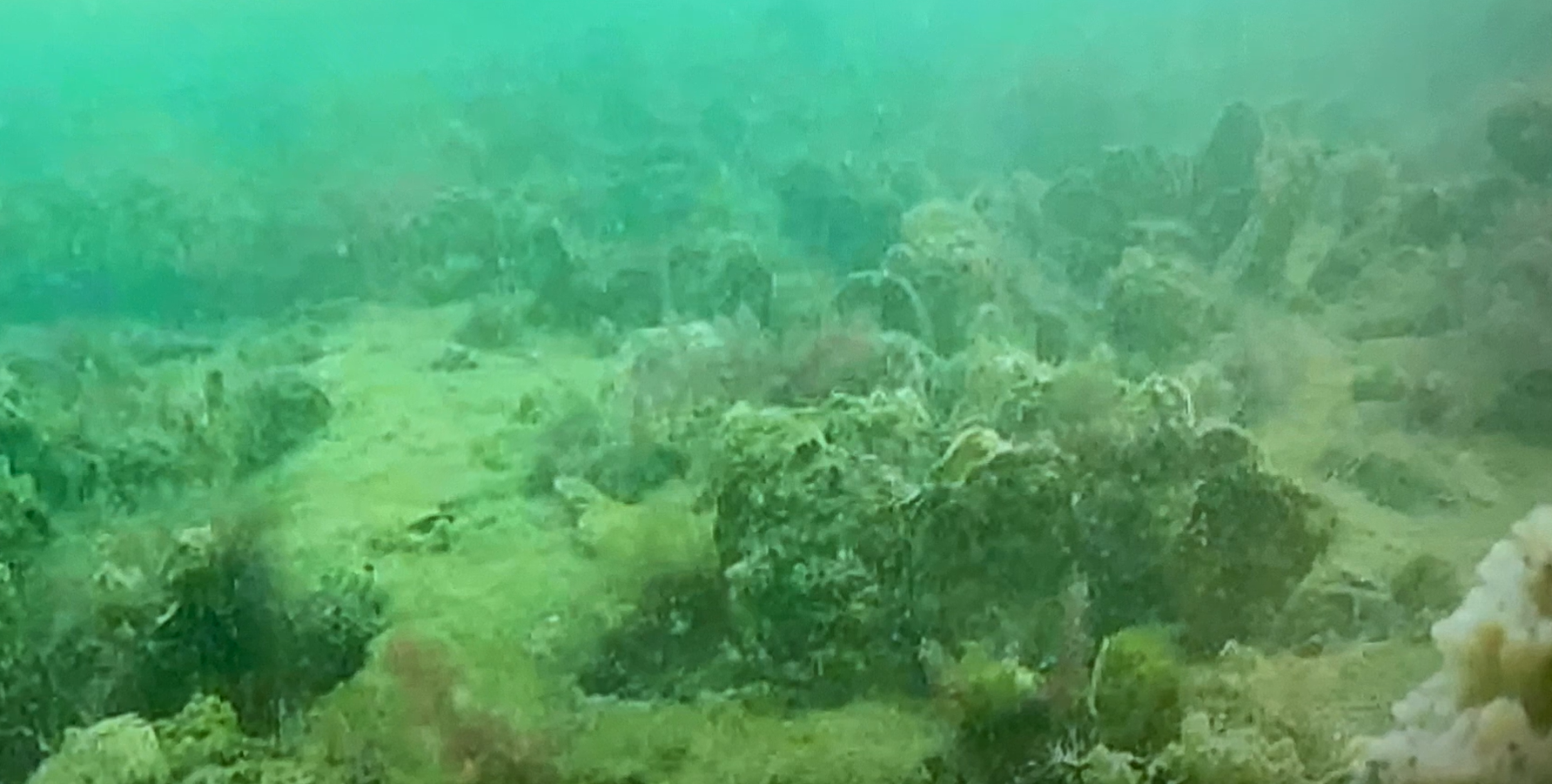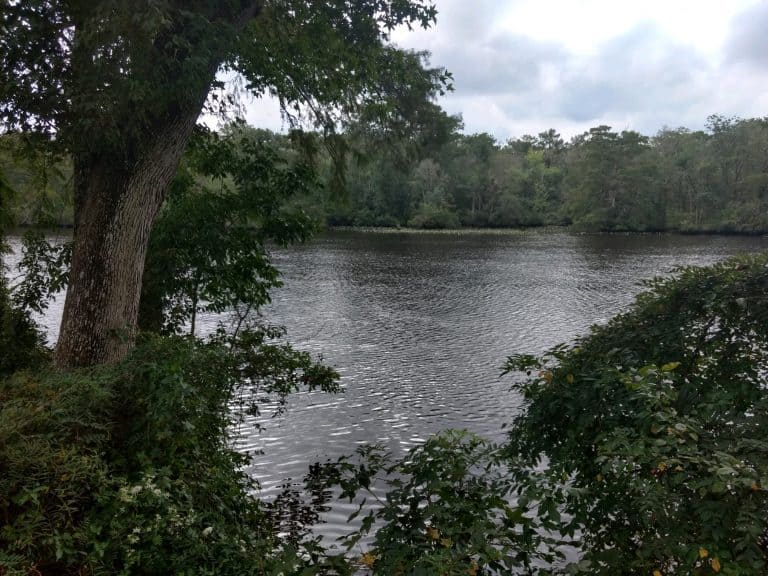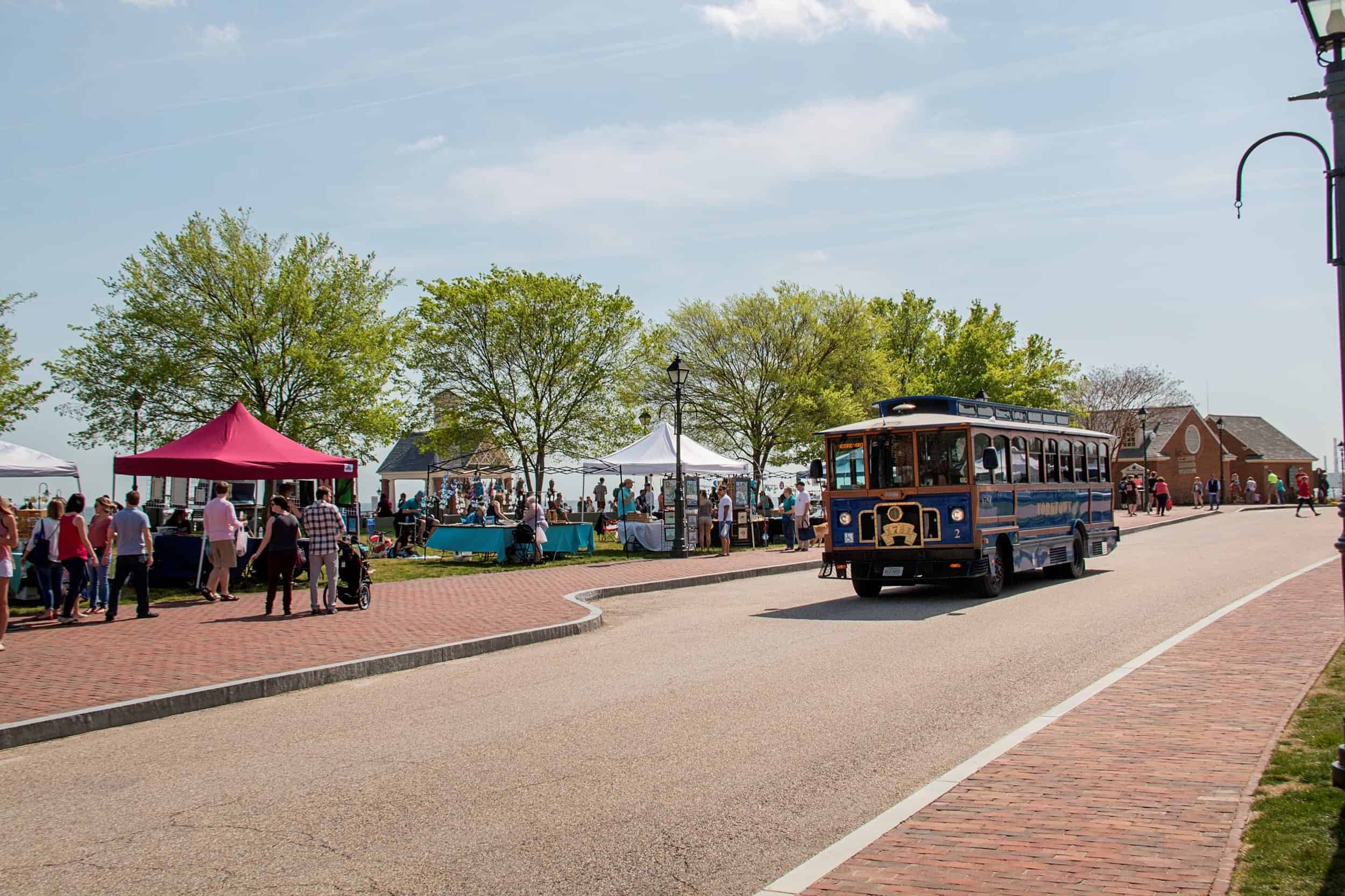It is a very lucky find. The fact that the giant boring machine at the Hampton Roads Bridge Tunnel (HRBT) Expansion Project uncovered some mastodon bones is itself incredible. Even more astonishing is that an observer noticed the bones. The observer only had seconds to discover the bones as they zipped by in a slurry of shells and muck.
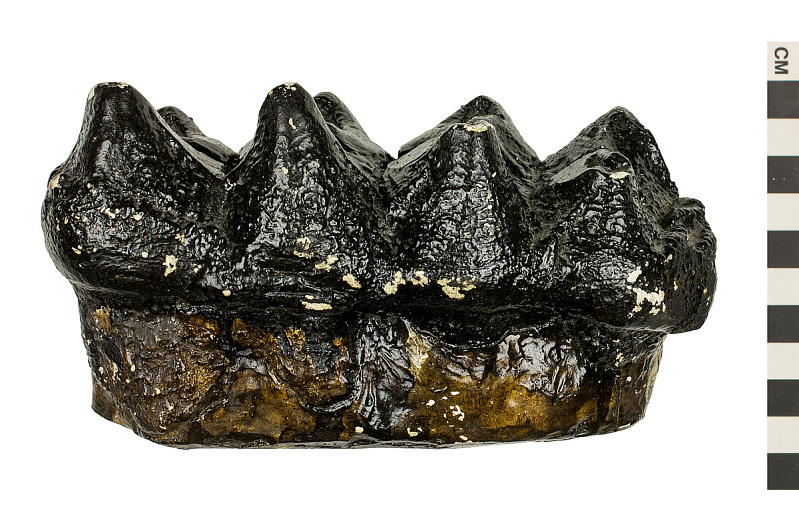
Mastodons were elephant-like creatures about the size of today’s an Asian elephants. They had smaller ears, a heavier-set body, and large tusks. Opinions differ as to weather they had fur, like mammoths, or bare skin. They ate vegetation, and had unique teeth that facilitated chomping up greens. Their teeth had what is called zygodont morphology, in which the cusps of the teeth are merged into ridges.
Mastodons vanished from North America about 11,500 years ago. The Smithsonian says they went extinct due to climate change and human hunting.
The HRBT Expansion Project, which is adding twin tunnels at the HRBT, produces tons of slurry as the tunnel boring machine churns through the bottom. The slurry is pumped back to the treatment plant where, once spoils are separated from the mixture, they are placed on a conveyor to load onto either barges or trucks to haul off the material to permitted disposal sites.
Observers watch the slurry pass by, looking for items that could have damaged the boring machine, such as metal. They process 16,000 gallons of slurry per minute, which is the same as a dump truck load every 10 seconds! It took a quick and keen eye at the treatment plant to notice the mastodon tooth in the moving muck. Ryan Banas, HRBT expansion project director, noted that the observers are trained to identify hazards to the boring machine, not artifacts. “It’s the tooth that is so noticeable,” said Banas. “There may have been more of the skeleton that we missed.”
Banas noted that the boring takes place up to 173 feet beneath the surface of Hampton Roads. The tunnels are not just underwater, they are under the bottom of the harbor.
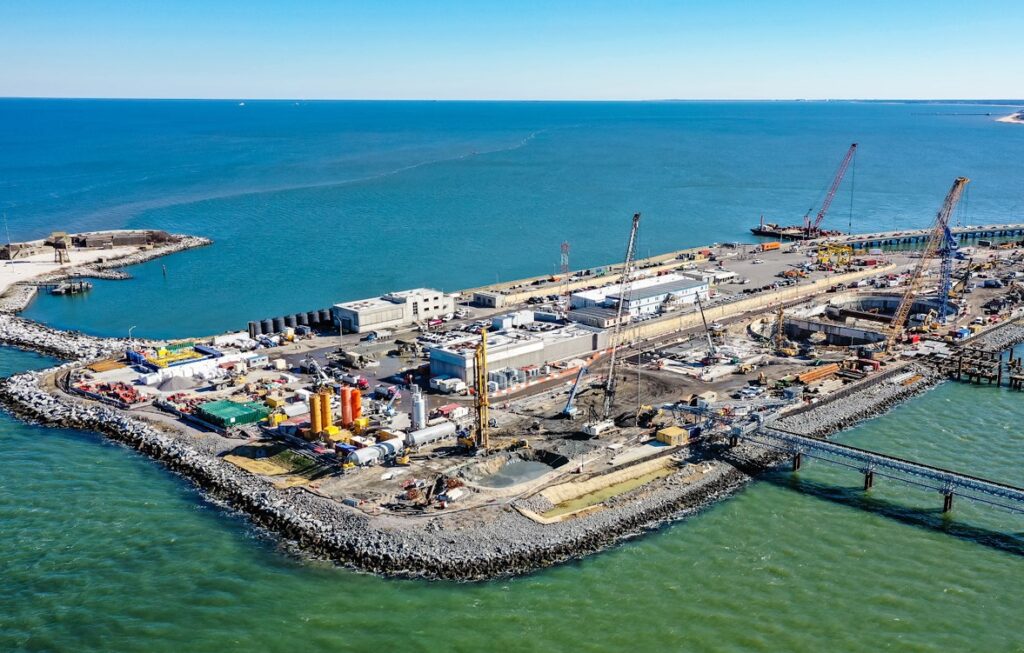
“Tunnels want to float,” said Banas. Because of that, and to avoid bottom debris that might damage the boring machine, the tunnels are placed well beneath the harbor bottom, in what is a mixture of shell and clay. That is where the bones were preserved.
Banas has discussed the find with Dr. Adam Pritchard at the Virginia Museum of Natural History as well as experts at William and Mary and with the Virginia Department of Historic Resources. The consensus, said Banas is, “There was likely a freshwater river beneath what is now the water surface. The mastodon may have become stuck in a mud pit.” It then perished and became fossilized. The water level was much lower 11,000 years ago, and the climate was cooler.
The bones will be displayed at a new visitor center scheduled to open in September of this year. The visitor center, located on 4th View Street, will display other artifacts found during the project. These include nine cannonballs, a WWII helmet liner, the keel of a ship, and some granite destined for Fort Monroe dated to 1819. You can learn more about the HRBT expansion, the largest highway construction project in Virginia’s history, here.

